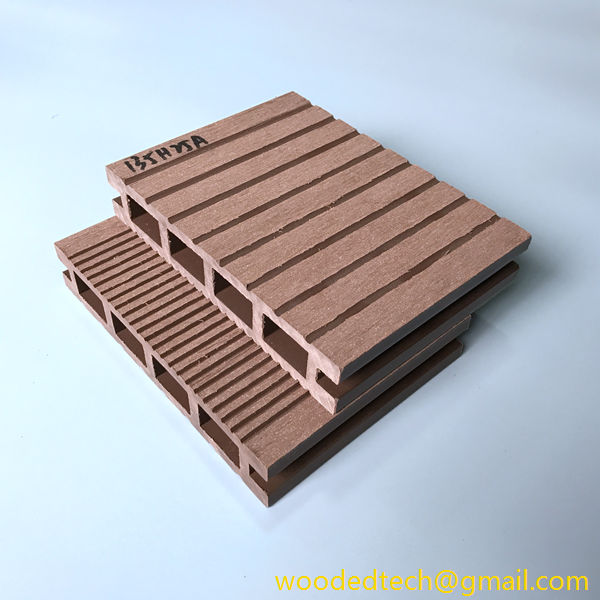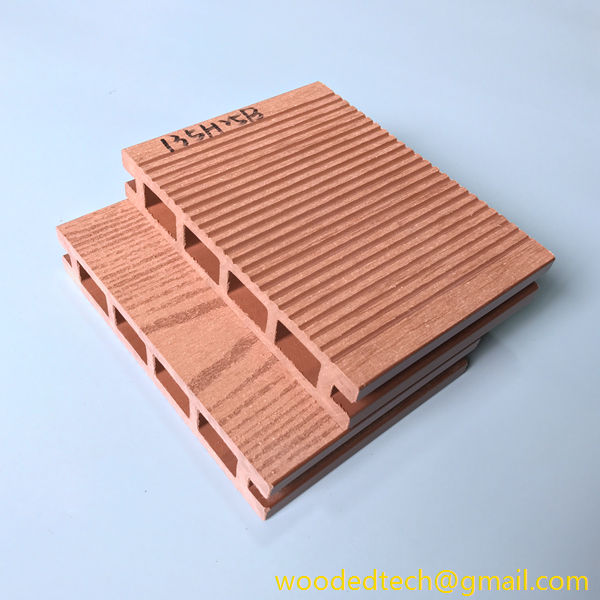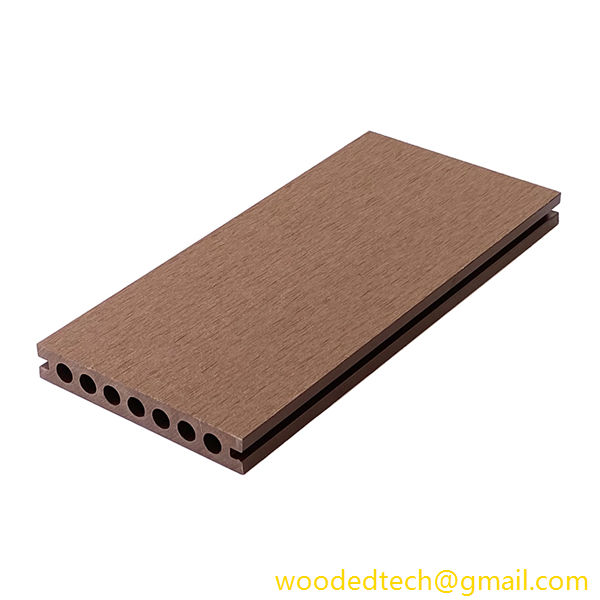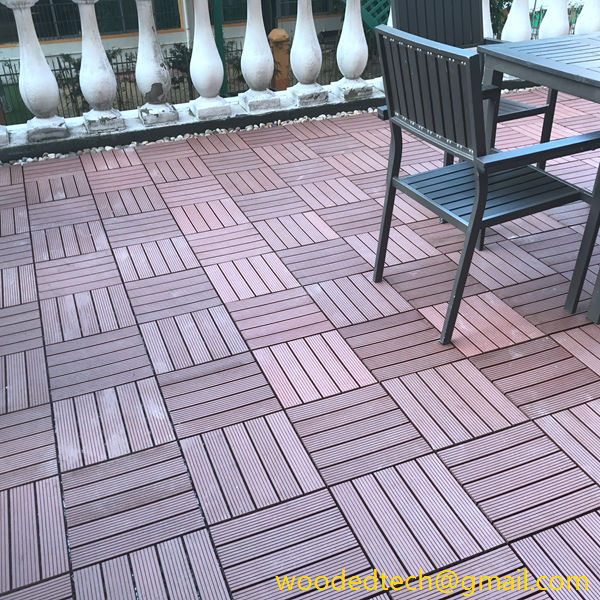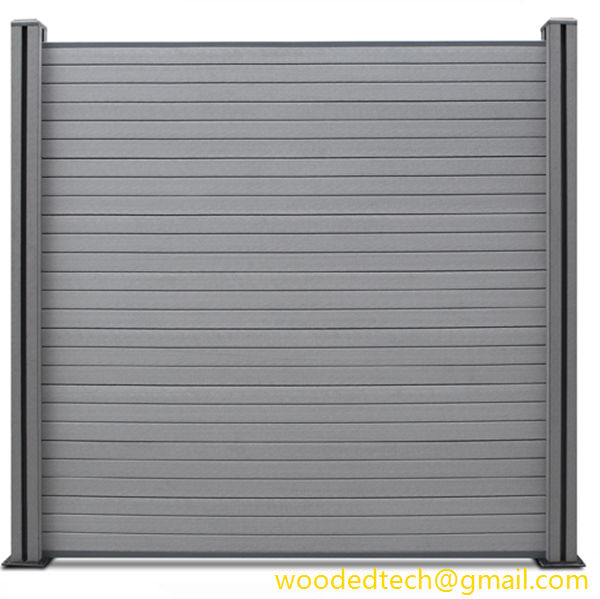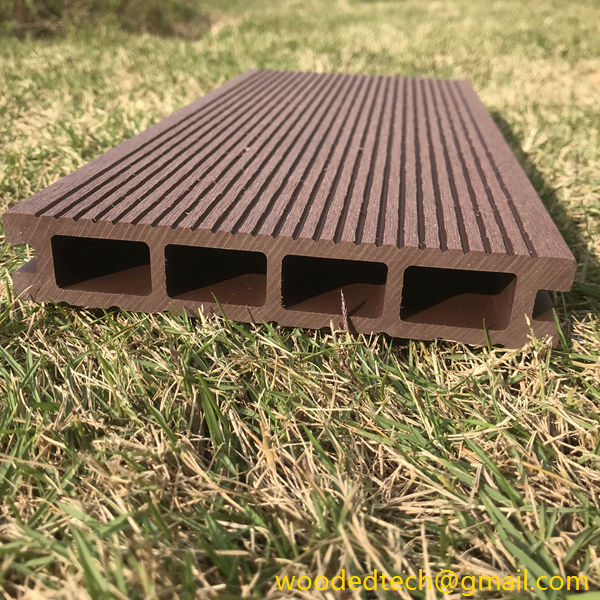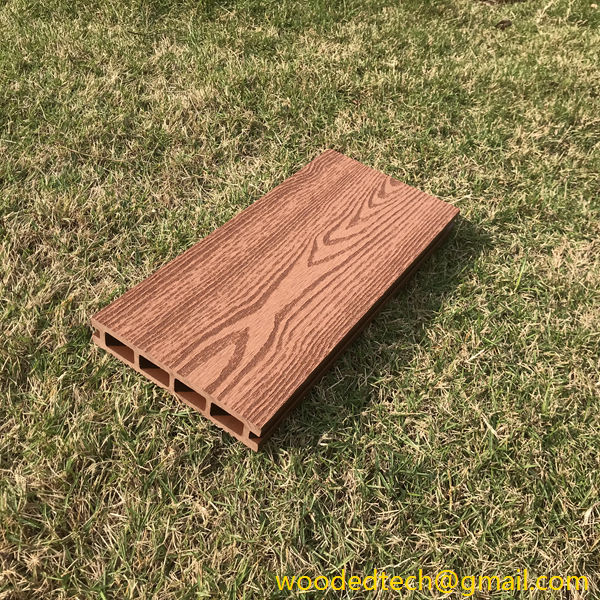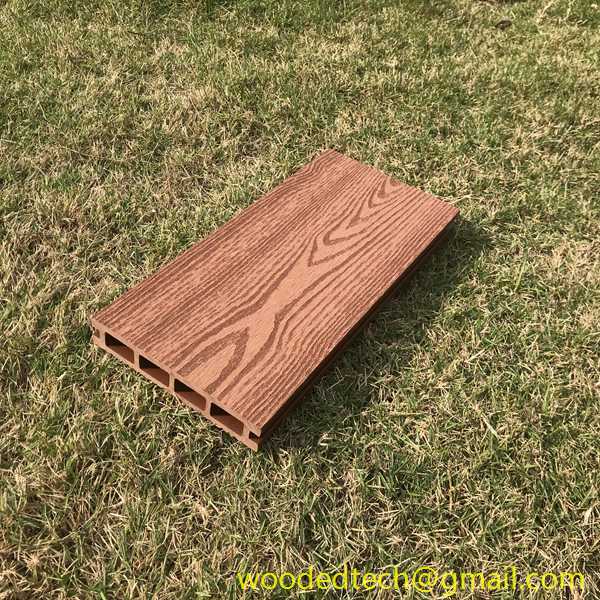Choose the Right Plastic Wood Material Flooring for Your Home Needs
Choosing the right plastic wood material flooring for your home can significantly enhance both the aesthetic appeal and functionality of your living space. There are numerous factors to consider when selecting the appropriate flooring type, especially when it comes to installation and maintenance. Understanding these aspects will not only help you make an informed decision but also ensure that your investment lasts for a long time.
First and foremost, it is essential to identify the specific needs of your home. Different areas of your house may require different types of flooring based on factors such as foot traffic, moisture levels, and exposure to sunlight. For example, if you are considering flooring for a high-traffic area like the living room or hallway, you may want to choose a more durable plastic wood material that can withstand wear and tear. On the other hand, for a bathroom or kitchen, selecting a water-resistant option is crucial to prevent damage from spills and humidity.
Once you have assessed the needs of your home, the next step is to explore the various types of plastic wood flooring available on the market. There are several options, including vinyl planks, composite decking, and engineered wood. Each type has its own unique characteristics and advantages. Vinyl planks are known for their affordability and ease of installation, making them a popular choice for DIY enthusiasts. Composite decking offers a more natural wood appearance while being resistant to fading and staining. Engineered wood provides the look of real hardwood but is more stable in fluctuating temperatures and humidity levels.
When it comes to installation, understanding the different methods available is crucial. Many plastic wood flooring options are designed for easy installation, often featuring click-lock systems that allow for a straightforward, glue-free process. This can save time and money, especially if you plan to install the flooring yourself. However, if you are not comfortable with DIY projects, hiring a professional installer may be the best choice. A qualified installer will ensure that the flooring is laid correctly, minimizing the risk of issues such as warping or gaps over time.
Another important consideration in the installation process is the subfloor. The condition of your subfloor can significantly impact the performance of your plastic wood flooring. It is vital to ensure that the subfloor is clean, dry, and level before installation begins. In some cases, additional underlayment may be necessary to provide extra cushioning and sound insulation. Taking the time to prepare the subfloor properly will help ensure the longevity of your flooring.
After installation, maintenance is key to keeping your plastic wood material flooring looking its best. Fortunately, most plastic wood flooring options are designed to be low maintenance. Regular sweeping or vacuuming will help remove dirt and debris, while occasional mopping with a gentle cleaning solution will keep the surface clean. It is important to avoid harsh chemicals or abrasive cleaners, as these can damage the finish of the flooring.
In addition to regular cleaning, it is wise to take preventive measures to protect your flooring. Using area rugs in high-traffic areas can help reduce wear and tear, while felt pads under furniture legs can prevent scratches. If you have pets, consider trimming their nails regularly to avoid damaging the flooring. Furthermore, be mindful of water exposure, especially in areas prone to spills or moisture. Promptly address any spills to prevent water from seeping into the seams of the flooring, which could lead to warping or mold growth.
In conclusion, choosing the right plastic wood material flooring for your home requires careful consideration of your specific needs, the different types of flooring available, and the installation and maintenance requirements. By taking the time to assess these factors, you can make an informed decision that not only enhances the beauty of your home but also ensures durability and ease of upkeep. Whether you choose to install the flooring yourself or hire a professional, keeping up with regular maintenance will help protect your investment and keep your flooring looking great for years to come.

